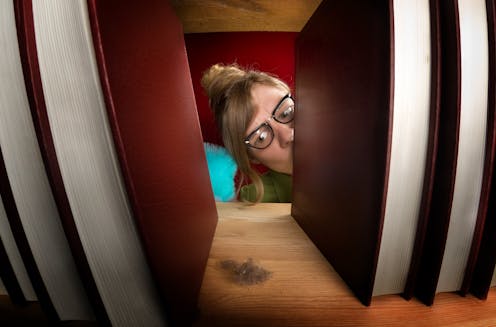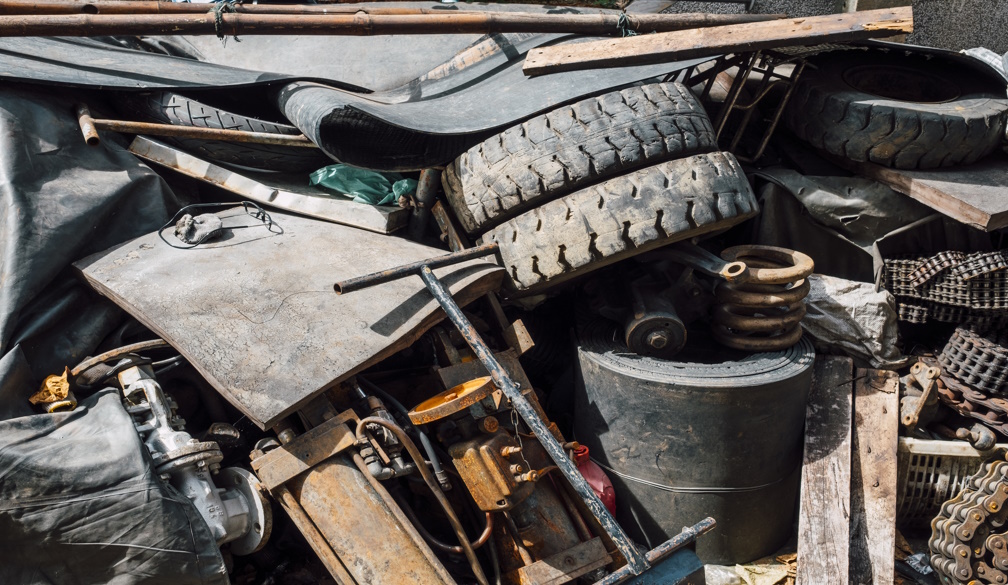Australia has lost 140 journals in a decade. That's damaging for local research and education
- Written by Hamid R. Jamali, Associate Professor and Associate Head, School of Information and Communication Studies, Charles Sturt University

At least 140 Australian journals ceased publication in the past decade. While there are still more than 650 Australian journals, 75% of the discontinued ones served the arts, social sciences and humanities disciplines. The loss of journals has significant implications for local scholarship.
Journal discontinuation damages research. Scholarly communities and the discourse that develops around a journal might be lost or damaged. The content of journals that are the result of the hard work of researchers – publicly funded work in most cases – is jeopardised.
Our recently published research shows establishing and maintaining journals has become increasingly challenging. Australian journals need more support from the higher education and publishing sectors and better strategies for sustainable editorial and publishing practices.
Read more: Book publishing sidelined in the game of university measurement and rankings
Why do local journals matter?
Academics need suitable journals to publish in, especially as journal articles are the key output assessed in research evaluation exercises such as Excellence in Research for Australia. While large international commercial publishers publish plenty of journals in many fields, national or local journals are important.
Domestic journals better accommodate articles on local issues. This is not limited to social and cultural issues such as Indigenous matters. Australia is unique in many aspects, including ecology, economy, geology and so on.
\Research communities and discourses form around these journals. Editors direct research in their field through their editorial practices.
Read more: How plugging into well-connected colleagues can help research fly
Local journals also support the national education system. They inform practices, especially in fields such as medicine where practices differ from country to country.
Why do journals discontinue?
Our study of discontinued journals and a survey of their editors showed several key factors were at work. These include:
- a lack of funding and support
- unsustainable reliance on voluntary work for editorial processes
- increasing workload pressures on academics who have less time to review and edit submitted articles
- a metric-driven culture that puts pressure on authors to publish in highly ranked journals, at the expense of local journals.
As one editor of a discontinued journal said:
“Potential replacement editors were unwilling to take on the workload of editorship and management given the pressure to focus on Q1 publication [in journals ranked in the top 25%].”
Australian journal publishing is characterised by journals belonging to non-profit organisations (364, 55.9%) and universities (168, 25.8%). As these journals are mostly self-published by their owners, the issues we identified are very likely to adversely impact more journals as economic conditions worsen.
Of the discontinued journals, 54% belonged to educational institutions and 34% to non-profit organisations. They had been operating for an average of 19 years.
Moreover, while humanities and social sciences are well represented in the disciplinary focus of Australian journals, a large proportion of the discontinued journals were from these fields. Yet local journals might be more needed in many of these fields where research issues are more likely to be of local significance.
It’s getting harder for journals to survive
Journal publishing has become a challenging task. It’s complicated by many different business models and a competitive market. Small publishers are disappearing as large international publishers acquire them.
Sometimes institutions fund the cost of publishing. Without such funding, journals have to charge either their readers (a subscription fee), or their authors (an author processing charge, APC), or both (hybrid).
A subscription-based journal published by a small publisher might struggle to find subscribers; libraries are less likely to subscribe to individual journals due to their reliance on vendor and publisher-curated packages, or “big deals”.
To publish open access with an APC, a journal has to compete with many other such journals. Some of these competitors (such as those published by Frontiers or MDPI) are well-resourced. They benefit from state-of-the-art technology for managing editorial and publishing processes.
Journals can, of course, outsource their publishing side to a commercial publisher, as 162 Australian journals have already done. These journals are mostly published as hybrid journals.
But such a decision might come at a cost as the direction of the journal might not be aligned with that of the new publisher. For instance, the editor in chief of the Medical Journal of Australia (MJA) was sacked over his opposition to outsourcing the journal’s sub-editing and production functions to Elsevier. All 19 members of the journal’s editorial advisory committee subsequently resigned.
Some local journals operate in niche areas that cater to a very small reader audience. These journals are simply not attractive for commercial publishers.
What can be done?
It is natural and inevitable that some journals will cease publication as fields evolve. And about 100 journals were established in Australia over the past decade. However, the overall decline in journal numbers is concerning – especially as the global trend is one of growth.
The already precarious financial condition of the higher education sector has been made worse by the pandemic. Many academic jobs have been lost. Some journals – Flinders Law Journal, for example – have discontinued because of COVID.
Enthusiasm alone is not enough to sustain journal publishing. Every journal needs to have a robust business strategy and have undertaken proper contingency planning.
Research is needed to develop strategies for sustainable editorial and publishing operations. Research policymakers must be mindful of the impact of their policies on local journals.
Finally, higher education as a whole needs to be more supportive of journal publishing and the activities associated with it.
Authors: Hamid R. Jamali, Associate Professor and Associate Head, School of Information and Communication Studies, Charles Sturt University


















